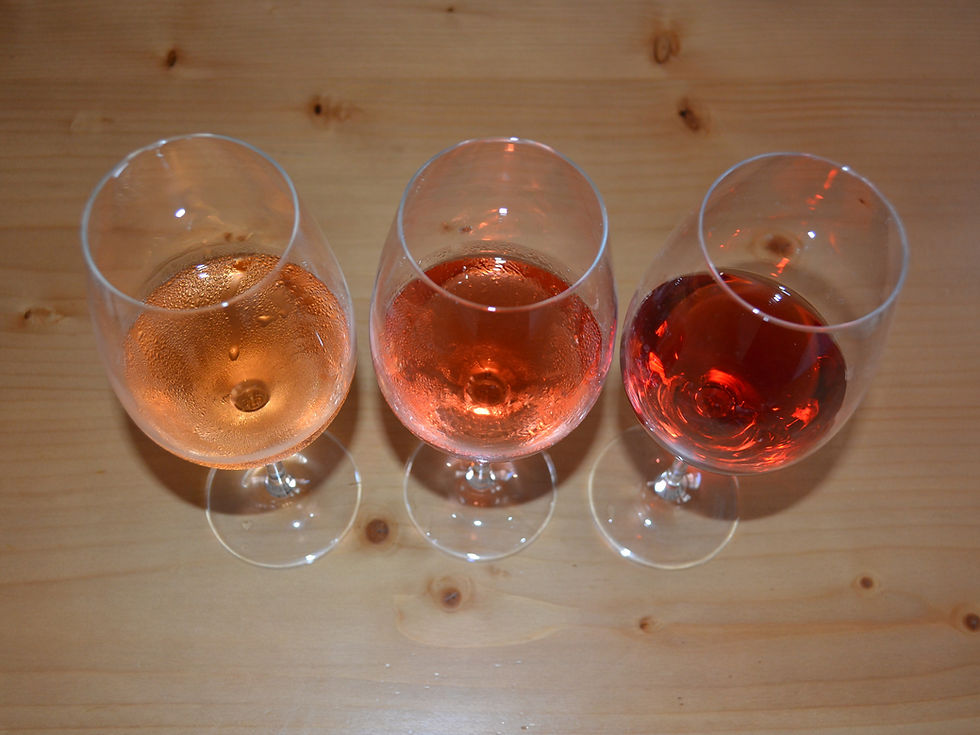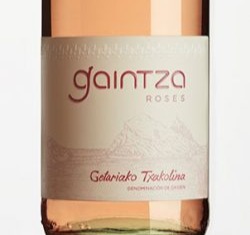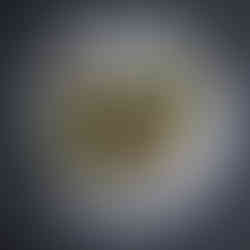Don't judge a rosé by its colour
- Iván González Gaínza
- Jul 4, 2019
- 3 min read
Updated: Jul 20, 2023
What is a rosé wine? It's not red and it's not white, so then it must be a hybrid!?!
Many people still believe rosé wine shouldn't even be classified as wine!!

There are three main methods for making a rosé wine:
- LIMITED SKIN MACERATION. This is the most popular method and involves crushing the red grapes and then keeping the juice in contact with their skins for a short period (anything from 2 to 48 hours). The longer the maceration, the darker and richer the rosé wine. The juice is then drawn from the skins and fermentation begins.
- THE BLEEDING METHOD (or Saignée in French). A vat is filled with red grapes (according to the standard method for red wine) and the weight of the grapes pressing down creates the 'must'. The winemaker will then remove or 'bleed' the first juice and vinify it as a rosé wine.
- BLENDING. This seems like the most obvious method, mixing red and white wine to make rosé however this method is prohibited in Europe (apart from champagne in France). Some New World regions have less strict vinification rules and use blending to make rosé wine.
The method of blending should not be confused with CLARETE. This type of wine looks like a lightly coloured rosé and is classified as a rosé but it is made differently. Clarete is the fermentation of white and red grapes together (with a significantly larger percentage of white grapes than red grapes), traditionally viura and Garnacha.
After understanding the full extent of these methods, one can appreciate why many wine producers think rosé is the hardest wine to make. Not only to produce it but to create a good one as well.
In many regions of mainland Spain, until only recently, the poorest quality grapes were dedicated to rosé wine. With the increase in popularity of rosé wine and taking into account that Spain is generally a hot country where demand for cooler drinks is high, the Spanish producers had to rethink their methods. The most obvious idea was to imitate the most popular rosé wine region in the world (i.e. Provence).
In my opinion, this is not necessarily the right choice. Spain has a different climate, diverse soils and several grape varieties. All of these need to be taken into account to ensure that the wine produced here has its own identity and personality. A pale Spanish rosé, just for the fact that it is pale is not going to be better than any other rosé. Instead of focusing on the colour of rosé wine, we should assess the intensity of flavour, the complexity and how well it pairs with certain foods. Creating a pale rosé wine to simply meet the latest trend may mean you are sacrificing flavour for colour, and we certainly don't want that!
Here in Mallorca, we have a few fantastic local grapes like Mantonegro or Callet that due to their soft tannins can create a truly fantastic rosé wine. They will be a little more fleshy than those of the south of France, but they will give you more lasting sensations and are ideal to enjoy with a paella by the sea or with your grilled seafood.
Rosé wines are incredibly versatile in terms of food pairing. They can be enjoyed with all kinds of food, from a salad to barbecued pork, from Thai food to rib-eye steak, from pesto pasta to pepperoni pizza.
Just make sure you get the right rosé to match. If you simply stick to 'blush' rosé you will miss out on the opportunity to discover new taste sensations and how particular rosés can enhance your culinary experience.
Here are some suggestions for pairing certain rosé wines with food:
Suneus Rosé (Emporda) - Garnacha-Merlot. Great with tapas in general.
Dosterras Sta Rosa (Montsant) - Garnacha. Grilled pork or lamb.
Ava Rosat (Mallorca) - Mantonegro & a small percentage of others. Seafood rice.
Gaintza Txakolina (Pais Vasco) - Hondarrabi Beltza & Hondarrabi Zuri. Seafood and oysters.























Comments